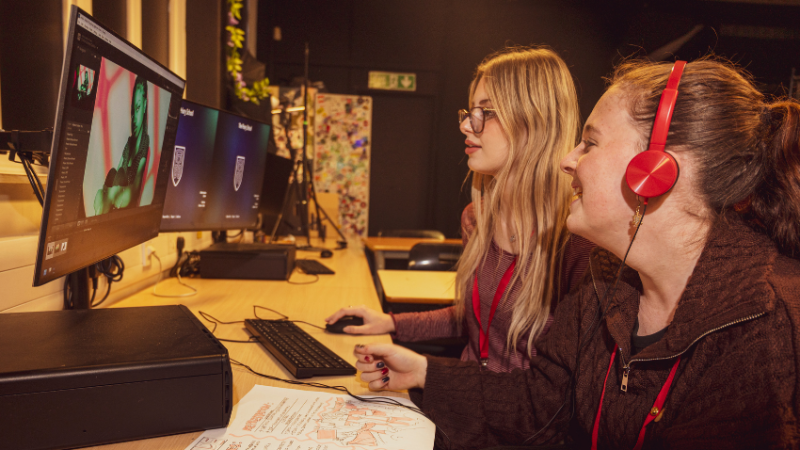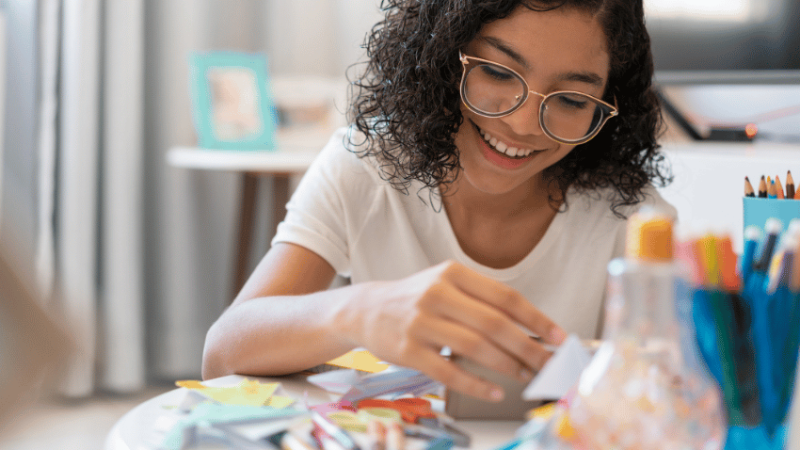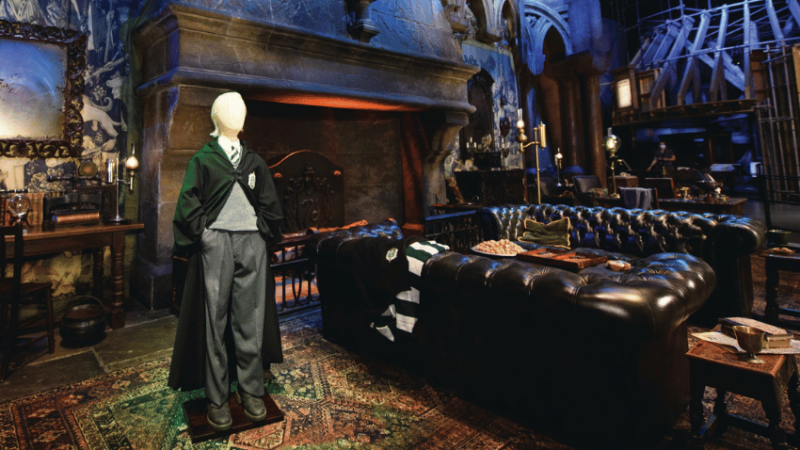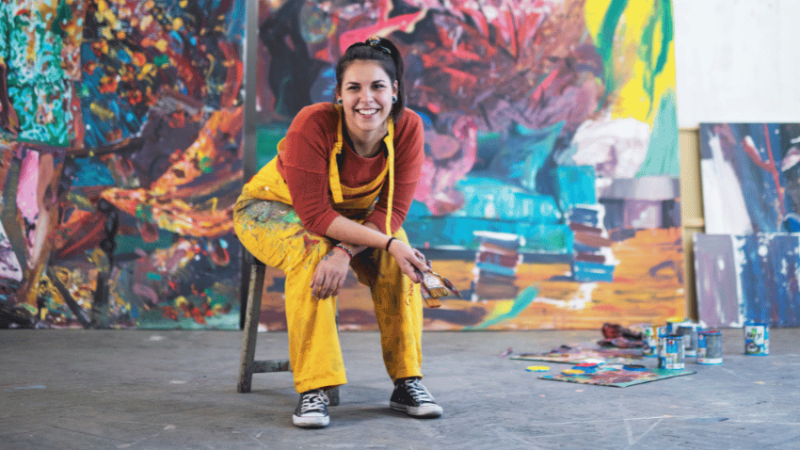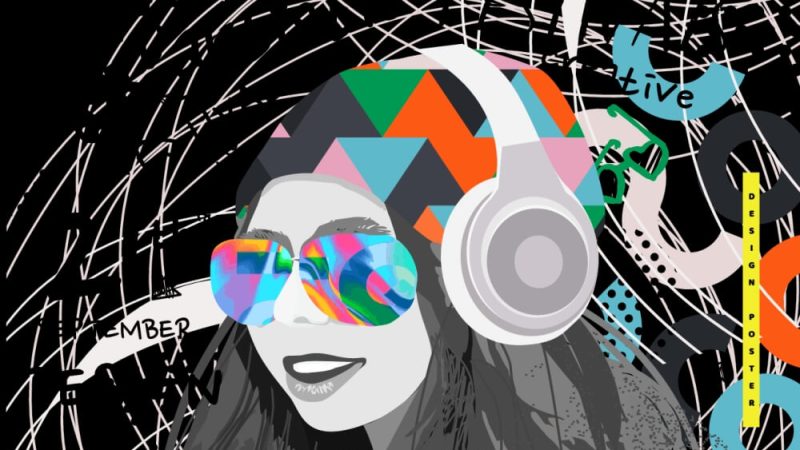GCSE Photography – How to produce compelling images without a darkroom
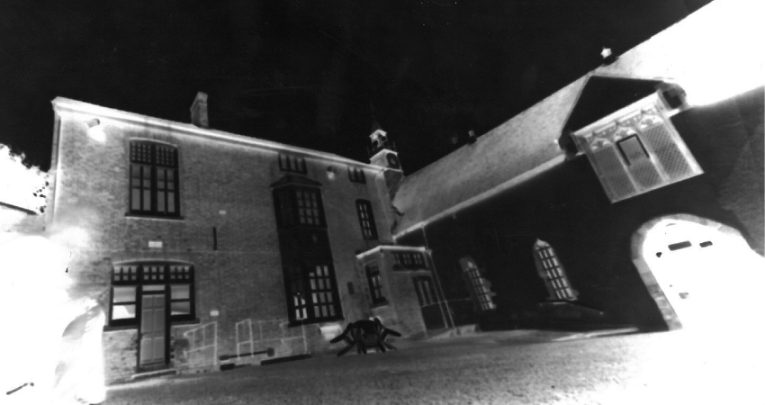
Hannah Day explains how students can explore some fascinating techniques from the earliest era of photography without the aid of a darkroom
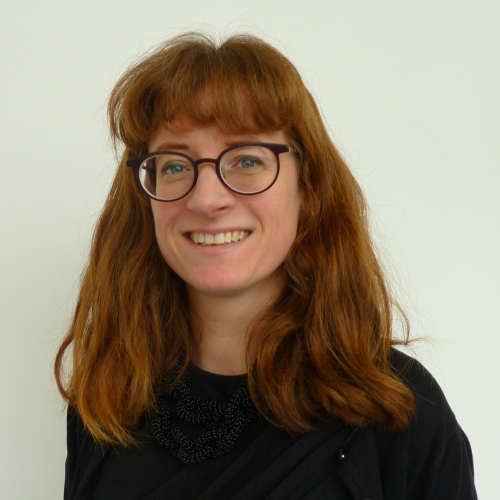
- by Hannah Day
- Head of art, media and film at Ludlow College Visit website
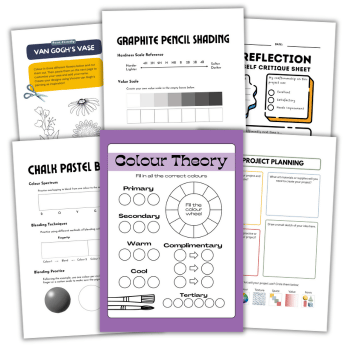
School darkrooms are spaces of wonder, but are also few and far between for GCSE photography pupils.
Thankfully, however, you can introduce students to the following four photographic processes – and a noted practitioner of each – in a hands-on way without a full darkroom set up…
1. Caynotypes – Anna Atkins
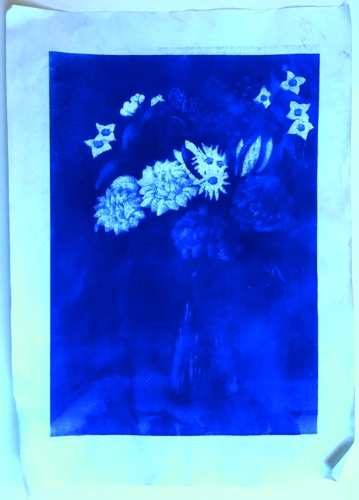
Atkins is best known for her 1843 book, Photographs of British Algae – though the images are actually caynotypes, an earlier form of light-based image making.
This is an easy process to try in GCSE photography, requiring minimal set up. Simply open a pack of pre-coated Caynotype paper, lay a series of objects onto it and expose it to the sun, before washing the print to reveal the striking blue that the process is known for.
For a more advanced lesson, make your own chemical mix and apply it to a range of different papers and fabrics. Just be sure to prep away from sunlight, and as close to the time of use as you can. You could also try trapping items under glass and seeing how compressed objects produce images differently to those not made to lie flat.
2. Pinhole – Nancy Breslin
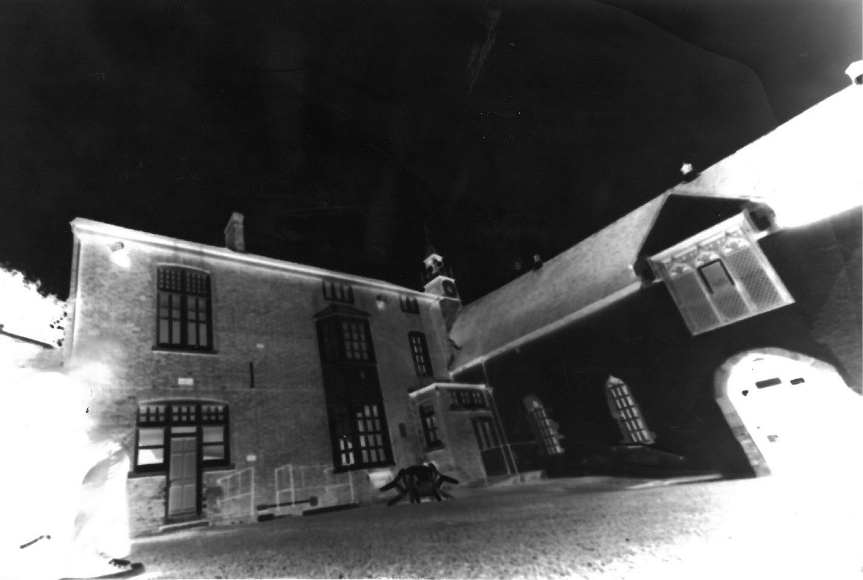
You won’t need a full darkroom for this, but you will require a light-sealed, preferably well-ventilated room, red safety lights, trays, tongs and chemicals. If a fan isn’t available, try setting up in a space with light-blocked windows that can be easily opened.
We use Quality Street tins for our pinhole cameras, since their multiple flat sides allow for considerable experimentation – our students’ favourite is the ‘eight-exposure spiral’ – though be advised that very sunny days can present difficulties with exposure times.
Pinhole works best with subject matter that offers high contrast, such as a white building with black fencing in front, for example, or brickwork next to smooth render.
Nancy Breslin’s most notable images were captured in cafes, contrasting the movement of people against static surroundings. This can be recreated to great effect in any GCSE photography classroom.
3. Photograms – Man Ray
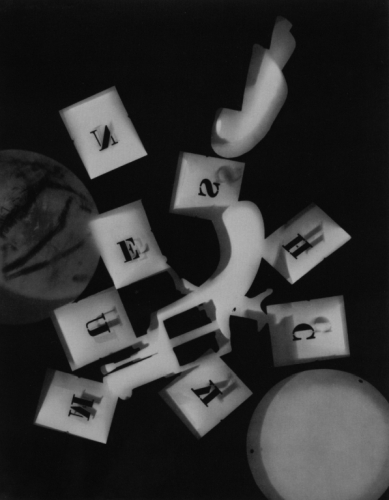
Photograms are produced via a cameraless process that sees objects laid onto photographic paper that’s exposed to light, before developing the results. This method lets students explore the physical qualities of objects and how they may affect the end results.
As before, there are variations to explore, from the properties of the objects themselves, to attempting double exposures, applying paint during the development stage and so on.
Many of Man Ray’s most well-known works came about through unexpected events. In his explorations of the then-nascent medium of photography, he came to recognise the embracing of chance as a creative tool. Teaching students to simply wander and see where a medium takes them can be one of the hardest, and yet most vital, parts of our job.
4. Cliché Verre – Hannah Höch
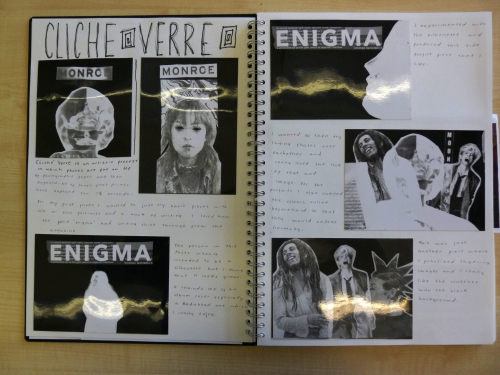
This process entails first creating a collaged image. This is photocopied in monochrome onto acetate, which is then placed on photographic paper and exposed to light. The result is a photogram created from an existing image, rather than solid objects. Have the students play around with your photocopier’s various settings – coloured copies and overprinting can all produce interesting combinations.
As with most of these processes, high tonal contact and good definition will lead to better pictures. Base starting images will need to be crisp and lend themselves well to monochrome reproduction.
The work of Hannah Höch, while strictly photomontage, is a great starting point for learning about Cliché Verre. Her concepts are sophisticated, but her execution intentionally not, making the work accessible to students at all levels.
Hannah Day is head of art, media and film at Ludlow College. Read advice from Hannah for helping students with their GCSE art final piece.





